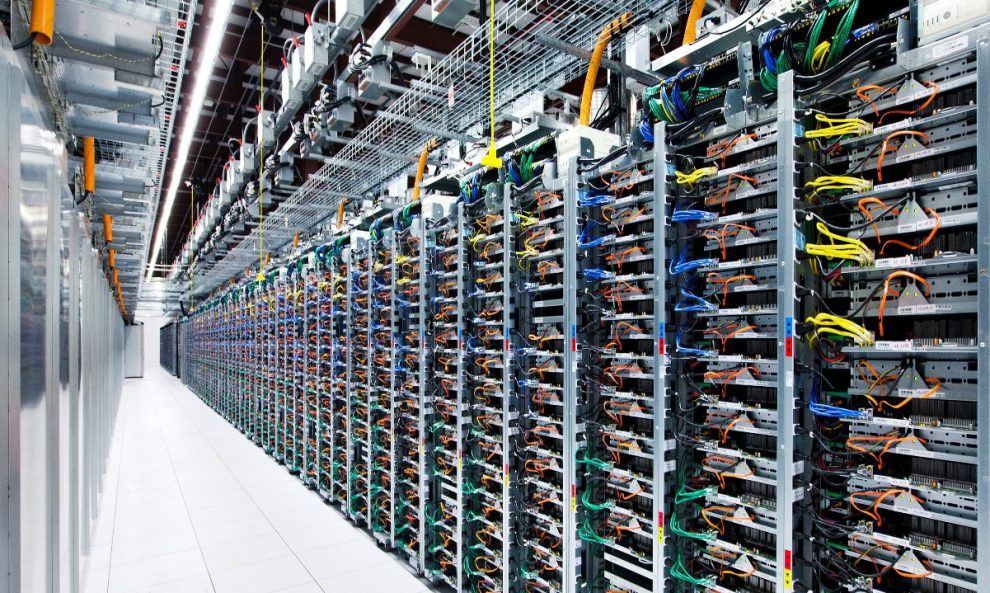Data centers are the backbone of tech companies. The resources required to operate are also large considering the scale of the data processing. When machines have high operation capacity, they heat up and need to be cooled down. Most of the tech giants including Google use water directly or indirectly for cooling purposes in their data centers. Some of them directly use water to cool down the machines. While others power cooling systems and electricity generators via water. However, innovation is always encouraged to be more environmentally friendly.
Expansion of Google Data Centers
To meet up the growing demands, Google is erecting more data centers in the US alone. The primary goal of building data centers is to power web and cloud-related services including internet search and digital advertisement campaigns. Moreover, the company does so in populated areas for quicker server response. Such regions are usually dry and heat up the machines frequently which demands more cooling facilities.
Being a global and responsible company, Google has always defended its large operations as energy efficient. However, the data points to the other way. And the tech giant has tried to keep it from the public probably for its image as an eco-friendly company. What’s troubling is these warehouses are using excessive amount of water in dry areas which need more conservation efforts.
Liquid cooling in Google Data centers

In 2018, Google officially announced the liquid cooling system to be integrated to cool AI chips. The closed-loop cooling system consists of dielectric fluid and regular chilled water. The newly designed cooling system is said to require more water than before but is deemed as a negligible increment by Google.
Reports on water consumption in Google data centers
Despite the absence of official reports by Google, the legal battles and discussions with local authorities have shed some light into the practice of the company regarding resource consumption. As per the statistics of 2019, Google consumed around 2.3 billion gallons of water in data centers of three states. Kevin Kent, CEO of Critical Facilities efficiency Solutions, said in response “In the race of data centers, the company’s decision cannot always work in favor of the natural resources.”
The court filings unfolded another plan of Google which aims to use 1.46 billion gallons of water per year for a newly proposed data center in Texas. The requirements seem inappropriate considering the droughts and potential water scarcity in the region. However, the major challenge lies in the dilemma of opting between economic growth favored by Google or conservation of water. In defense, the company explained that it does not need the whole amount of water it demands. It also reserves water to facilitate smooth web operations in hot climatic conditions.
Likewise, Google’s water consumption became an issue in Berkeley County when an environmental group labelled the proposed water source as historically threatening.
Google in favor of reducing its carbon footprints
Gary Demasi, Senior Director of Energy and Location operations at Google, said “We strive to build sustainability into everything we do.” He further added that the company has remarkable eco-friendly technologies in place even with the growing demands of the products.
The company gave another insight on its sustainability approach which requires less energy thereby needing less water. But the experts believe the case is opposite meaning less water consumption results in more energy consumption and vice-versa.
The critics also claim that all the issue lies in the evaporative method of cooling in Google data centers that utilize a high volume of water compared to air conditioning systems which are costlier.
Moreover, the company took an efficient approach lately that replaces drinking and underground water with seawater or recycled water. Furthermore, Google claims it uses same water for multiple times through recirculation for cooling purposes.
Despite the alarming facts, Google can not be completely discarded. Thus the government and environmental organizations need to come up with more concrete policies to check and balance the environmental footprints of the tech giants.









